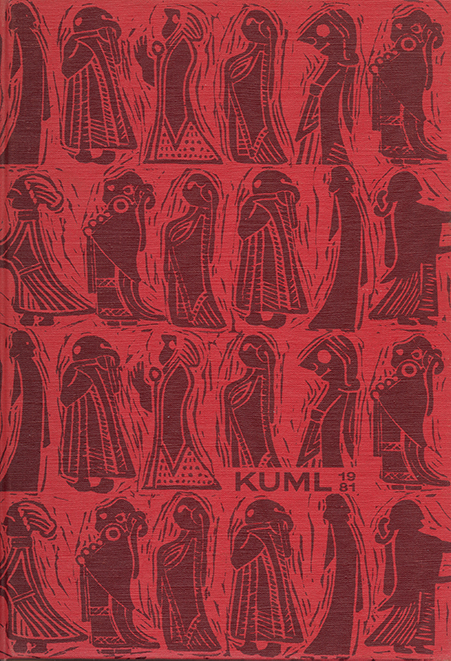Three Battle-Axe mounds from central Jutland
DOI:
https://doi.org/10.7146/kuml.v30i30.107757Keywords:
battle-axe mound, central jutland, hvinningdal, younger ground grave period, top grave periodAbstract
Three Battle-Axe mounds from central Jutland
In September 1980 Silkeborg Museum excavated three overploughed mounds in Hvinningdal, about 5 km NW of Silkeborg. The mounds appear all to be constructed during the later part of the Battle-Axe period (the younger Ground Grave period or the Top Grave period). Below the Battle-Axe graves in mound I, a centrally placed E-W oriented man's grave and three N-S oriented presumed children's graves, there were traces of a fire made prior to the placing of the coffins at the bottom of the mound. Nothing similar was found in the two other mounds. Whether any of the centrally placed graves in mound II are primary constructions is doubtful. In mound III was found a centrally placed E-W oriented man's grave with a battle-axe, as in mound I.
In mound I no secondary grave constructions were found. The two chains of edging stones indicate at least two mound phases. In mound II one of the three centrally placed graves is without doubt a secondary construction. In the south-eastern part of the mound there were traces of a grave from the later part of the Battle-Axe period with a straightwalled beaker and a flint blade. Outside the mound foot in the south-eastern part a stone pavement of uncertain age was unearthed and in the north-western and western part two circular stone pavements, which with the aid of pottery could be dated to the transition period Bronze Age period VI/ Pre-Roman Iron Age period I. In mound III neither secondary constructions nor traces of more mound phases were found.
Ingrid Falktoft Andersen
Downloads
Published
How to Cite
Issue
Section
License
Fra og med årgang 2022 er artikler udgivet i Kuml med en licens fra Creative Commons (CC BY-NC-SA 4.0).
Alle tidligere årgange af tidsskriftet er ikke udgivet med en licens fra Creative Commons.


